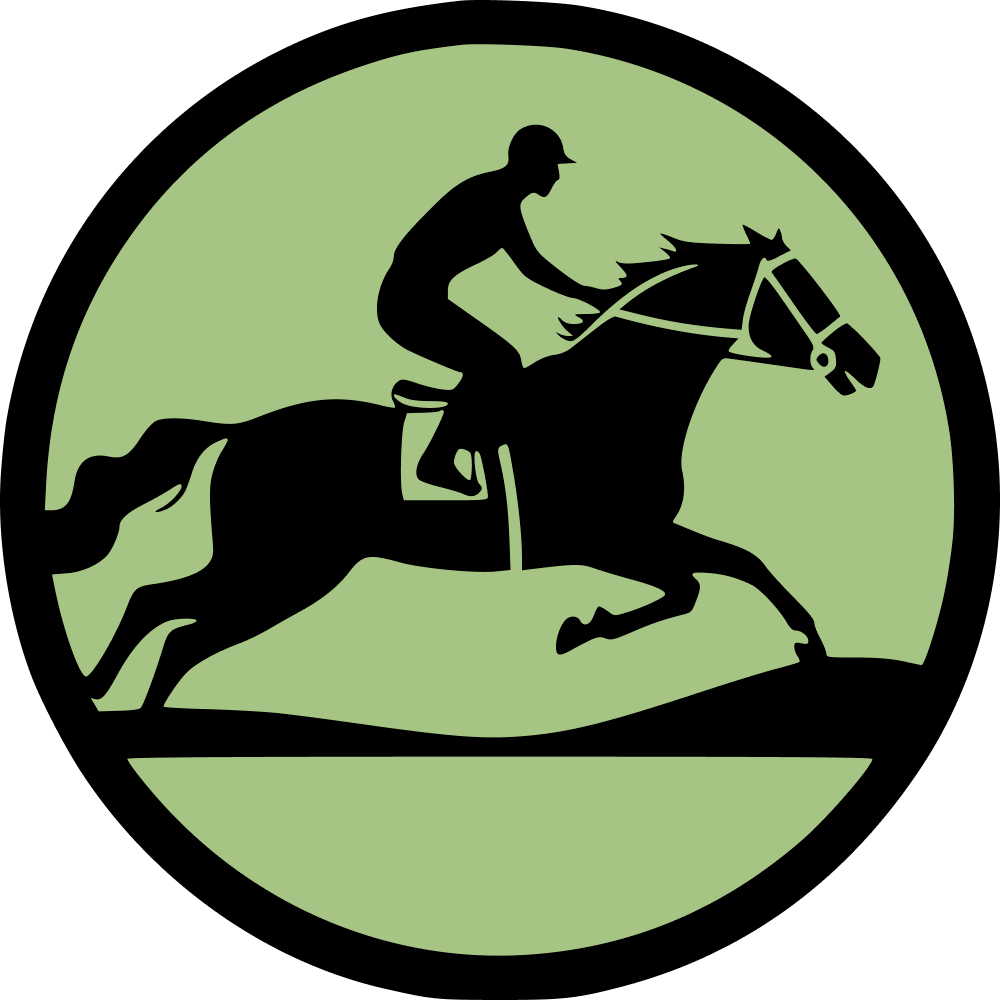Many major UK horse racing events have Ladies' Days. A day for women at the races seems straightforward. Naturally, ladies are welcome at horse races. Why is a day intended to honour them?
Ladies' Day dates back more than two centuries, so it's crucial to grasp its history. Beau Brummel, the Prince Regent's friend, recommended a clothing code for males in the early 19th century, yet men, women, and children were allowed to attend racing festivities in the 1700s.
He advised status men to wear pantaloons, waisted black coats, and white cravats. The style became popular, and that is why Ascot royals dress this way.
Since women were encouraged to dress for their social rank, there was no dress code. This means 19th-century upper-class ladies donned gowns and jackets that reflected their position. Women were encouraged to wear hats at the races after Queen Victoria did.
The term "Ladies' Day" originated in 1823 at Royal Ascot, when a poem alluded to "Ladies' Day… when the women, like angels, look sweetly divine." Free or cheap tickets on the third Day of Royal Ascot attracted women to the races.
Melbourne Cup administrators in the 1870s encouraged ladies to attend the Oaks the Day following the Cup.
Today, Ladies' Day may be an effective marketing gimmick. A day devoted to women is thought to encourage women to purchase racing tickets in groups and have fun. It may be antiquated in 2023, but the pattern is clear. Ladies Day also hosts the Epsom Oaks, Irish Oaks, and Prix de Diane, major fillies and mares events.

